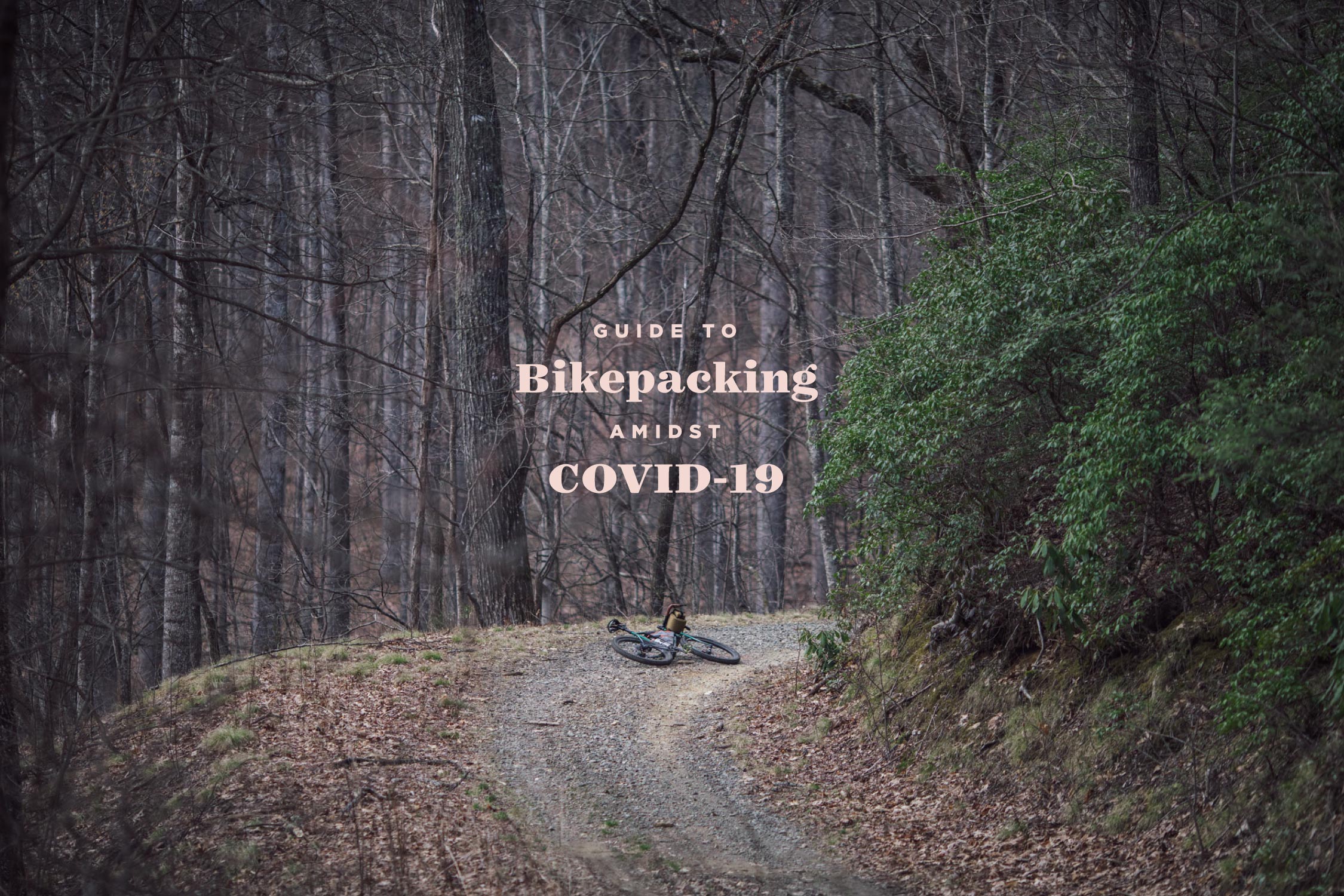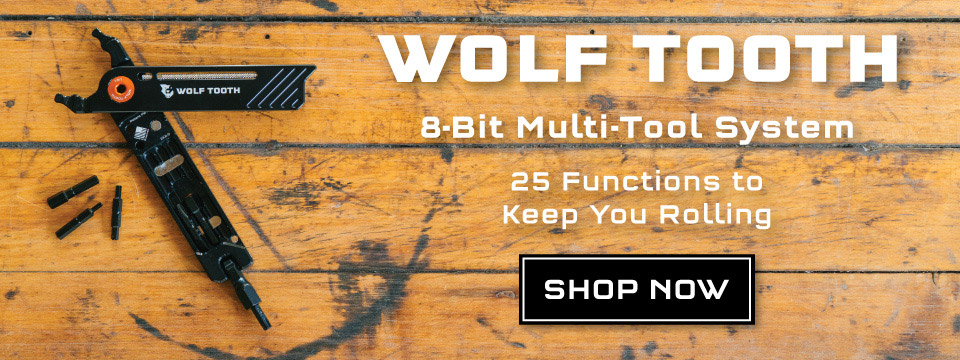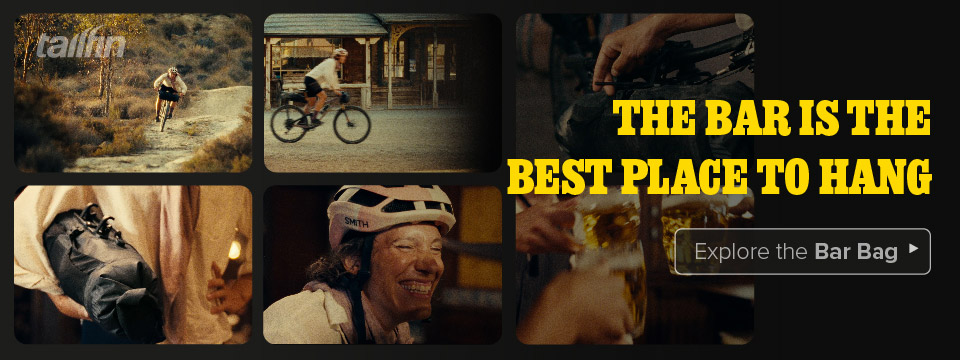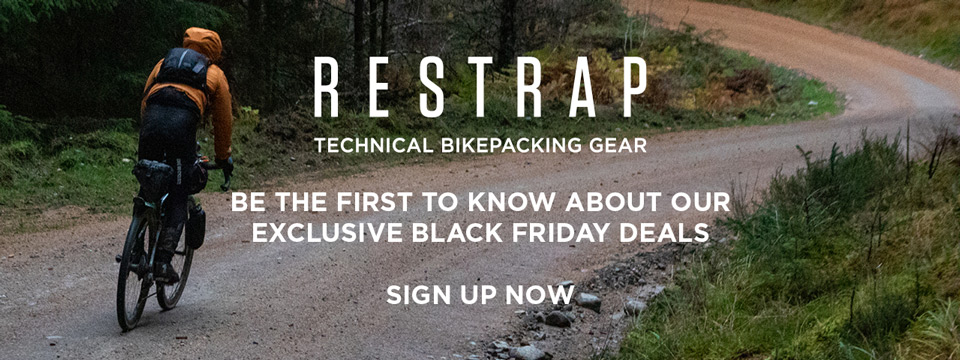Guide to Bikepacking Amidst COVID-19
As we all try to comprehend the severity of the COVID-19 crisis that’s gripping the planet, many in the bikepacking community are wondering if it’s still safe to ride. Here’s our take, plus some guidelines to consider if you are thinking about setting out. Also find current information about bikepacking events that have been canceled or postponed…
PUBLISHED Mar 20, 2020
By Virginia Krabill, Logan Watts, and Miles Arbour
Unless you’ve just logged back in from a multi-month bikepacking trip, you’re well aware that the world is currently grappling with a pandemic. Chinese authorities first detected the novel coronavirus in December of 2019, and since then it has spread to at least 166 countries and territories around the world. As of 18 March 2020, at least 207,000 individuals have been infected by the virus, 8,648 of whom have died (who.int).
Governments around the world have been taking steps that they hope will slow the spread of the virus. Millions of people have been confined to their homes in mandatory quarantines. International borders have been closed and travel has been largely restricted. Schools, libraries, and museums around the world are shuttered. Sporting and cultural events are cancelled. And cycling has taken a direct hit. Numerous competitive bikepacking events have been cancelled (see below), and Spain, Italy, and France have all placed temporary bans on recreational cycling, with other countries likely to follow. Conversely, officials in Bogota, Colombia, have carved out new bike lanes in their city to encourage bike travel as a safer alternative to public transportation, and in the United Kingdom, a growing coalition of academics have petitioned the government in favor of continued, responsible bicycle use during the COVID-19 pandemic.
Canceled Bikepacking Events
More and more 2020 bikepacking races, rides, and events being pushed back several months, and in some cases, cancelled completely. We’re doing our best to keep the events calendar up to date, but things are changing all the time. It’s safe to assume most events scheduled for March and April will be effected in some form. Here are just a few of the events that have already seen updates:
Veneto Gravel 2020
Race Across Italy 2020
Italy Divide
Oregon Emerald Outback
Carso Trail 2020
What does this mean?
So, what does all of this mean for the bikepacking community? How do we act responsibly? How do we stay sane through all of this? What can we do to help protect ourselves, our families, friends, neighbors, and society at large? These are just some of the questions we’ve been grappling with in the face of this crisis. Unfortunately, the answers aren’t simple.
The safest and most comprehensive approach to slowing the spread of COVID-19 is for everyone to stay in acute isolation. But during this time of increased uncertainty and fear, we think that bikepacking can serve a role in preserving the health of those who participate in the sport. Based on the current situation, we also believe that, if done conscientiously, and in accordance with local public health guidelines, bikepacking will not contribute to the further dissemination of the virus. In fact, social distancing, the primary means by which we can protect one another, goes hand in hand with solo bikepacking outings.
That said, if your government has issued personal travel and activity restrictions, mandatory quarantines, or other strict isolation measures, they need to be followed. Unfortunately, for many of our readers, that may mean holding off on your next bikepacking journey for weeks, or perhaps even months.
If you’re not in “lockdown,” there are a lot of factors to consider before you decide where, when, and whether to go bikepacking. Depending on your location, short bikepacking trips may not even be feasible; if the proper resources aren’t close at hand, even short solo bikepacking trips might not be possible. However, for those of us with the option, there are some things we need to keep in mind to avoid putting ourselves or others in danger.
Responsible Bikepacking Tips
UPDATE: While many of the guidelines we introduced last week still apply, it’s safe to say that the best and most responsible thing you can do is stay home. Start planning your next bikepacking route, watch some documentaries, read a good story, or dream about a new bike. If you do decide to go out on an overnighter, be sure it’s in an unpopulated area, be very careful, and go solo.
1. Follow the Rules
Follow all local and national government issued mitigation guidelines and restrictions that have been put in place. If there are lockdown restrictions in place where you live, stay home.
2. Stay Local
Refrain from non-essential car, bus, train, or plane travel. Your route should start and end from or near your home. Take the opportunity to learn something new about the place you live. Scout out a new Local Overnighter Route that you can share with an eager audience. If your home isn’t close to a national forest, wild lands, or other open space where isolated camping is available, an overnighter may not be an option. Many campgrounds are being closed; keep that in mind before you set out.
3. Keep it short
Limit the duration of bikepacking trips to 1-3 days, basing that decision on how many days’ supply of provisions you can comfortably carry on your bike. Carry everything you need and do not incorporate resupply points into your route.
4. Stay in the safe zone
Travel in familiar territory, taking greater care than usual to avoid potential injury. Cycling injuries place unnecessary strain on healthcare systems. Hospitals and clinics within small and remote communities may be overwhelmed in the coming months, so it’s important not to impose additional burdens on these facilities.
5. Go solo or with family
Keep your circle of traveling companions very small. Better yet, go it alone. Solo bikepacking missions into the backcountry can be incredibly rewarding in their own right. If traveling with others, limit your group to persons who live in your household.
6. Keep your distance
Keep a distance of at least six feet from anyone you may encounter on the trail. Even in the outdoors, a significant distance should be maintained at all times.
7. Help Prevent Transmission
Cover all coughs and sneezes with a disposable tissue or use the crook of your arm. Wash your hands with soap and water whenever the opportunity arises. At a minimum, do so before, during, and after the ride. In a crunch, use hand sanitizer.
By following these guidelines, we believe individuals can stay healthy and do their part to keep communities safe. Obviously, as the situation and crisis evolves, this may change. Good luck to everyone out there, and stay safe. We’ll keep the updates coming, and for those who are confined to the indoors, and we’re committed to continuing to serve up fresh stories and content to help keep spirits high.
———
Disclaimer: Information provided in this article and in any materials referenced in it are not guaranteed or warranted to be accurate or complete. Use or dissemination of any of the information in this article is at your own risk.
Please keep the conversation civil, constructive, and inclusive, or your comment will be removed.
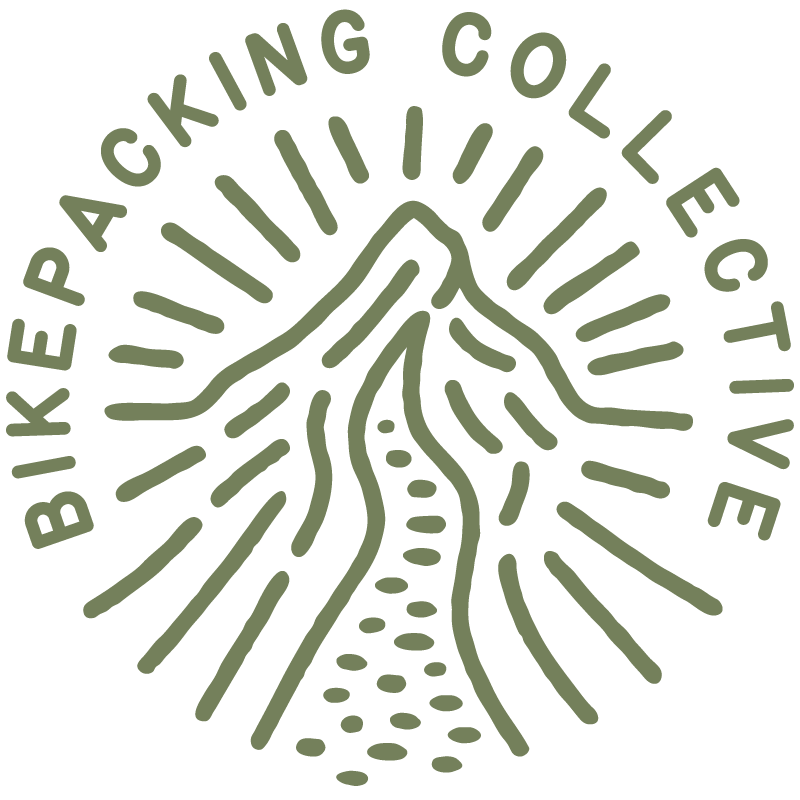
We're independent
and member-supported.
Join the Bikepacking Collective to make our work possible:






